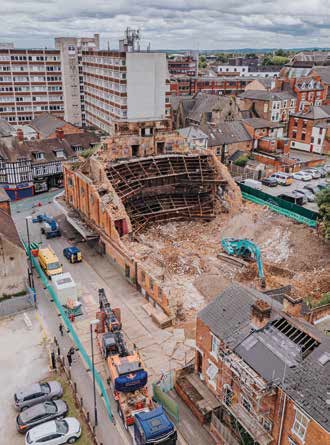Blog | 22 September 2025
Why listening to the public will help us keep on track for a bright future
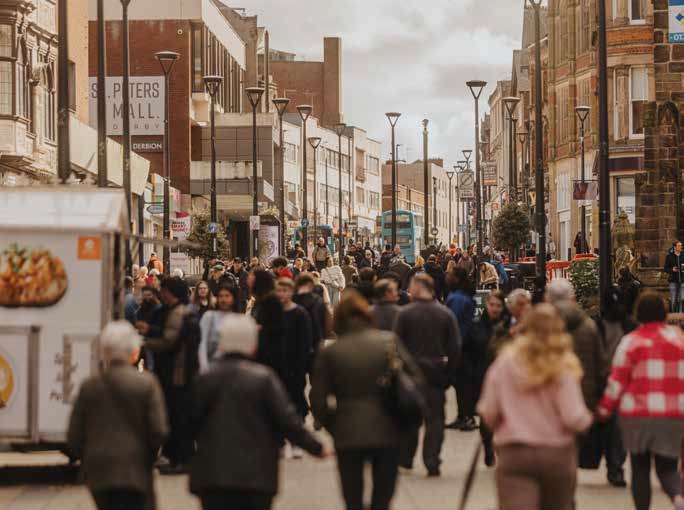
Picture the scene.
It’s a warm Saturday summer’s evening and I’m planning a sneaky pint in a pub near to Derby rail station. It’s packed with excited chatter being held in a myriad of accents – northern, southern and local.
Whilst the dress code and people are surprisingly diverse, there is only one theme, trains, writes Marketing Derby’s managing director John Forkin.
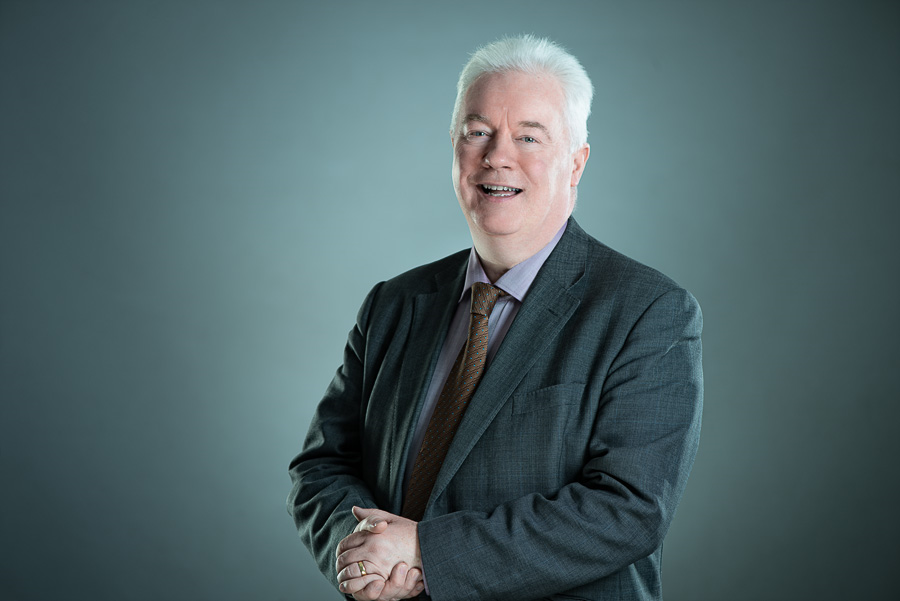
The passion is palpable and I’m no expert, but repeated mentions are made of ‘Class’ this and ‘Class’ that, something called ‘Deltic’, steam and diesel, plus a mystery called ‘shunters’.
Turns out, far from being a quiet oasis, I had wandered into the fringe of what has been described as the ‘Glastonbury of Rail’ – official title, The Greatest Gathering – hosted by Alstom across its vast 90-acre Litchurch Lane site.
The idea was as simple as it was ambitious.
Why not celebrate the 200th birthday of the railway in 2025 by hosting the world’s largest ever gathering of historic and contemporary rolling stock in the city which is Europe’s largest hub for the sector?
I visited the event on the Sunday and believe me, it is difficult to capture the mammoth scale of over 150 gigantic trains, hundreds of stands and over 40,000 people.
Excepting to say, it was a proud showcase of two centuries of ingenuity, a brilliant and inspiring advert for a sector that has seen tough times in the UK, ever since a certain Dr Beeching wielded his axe 60 years ago.
For the city of Derby this was massive.
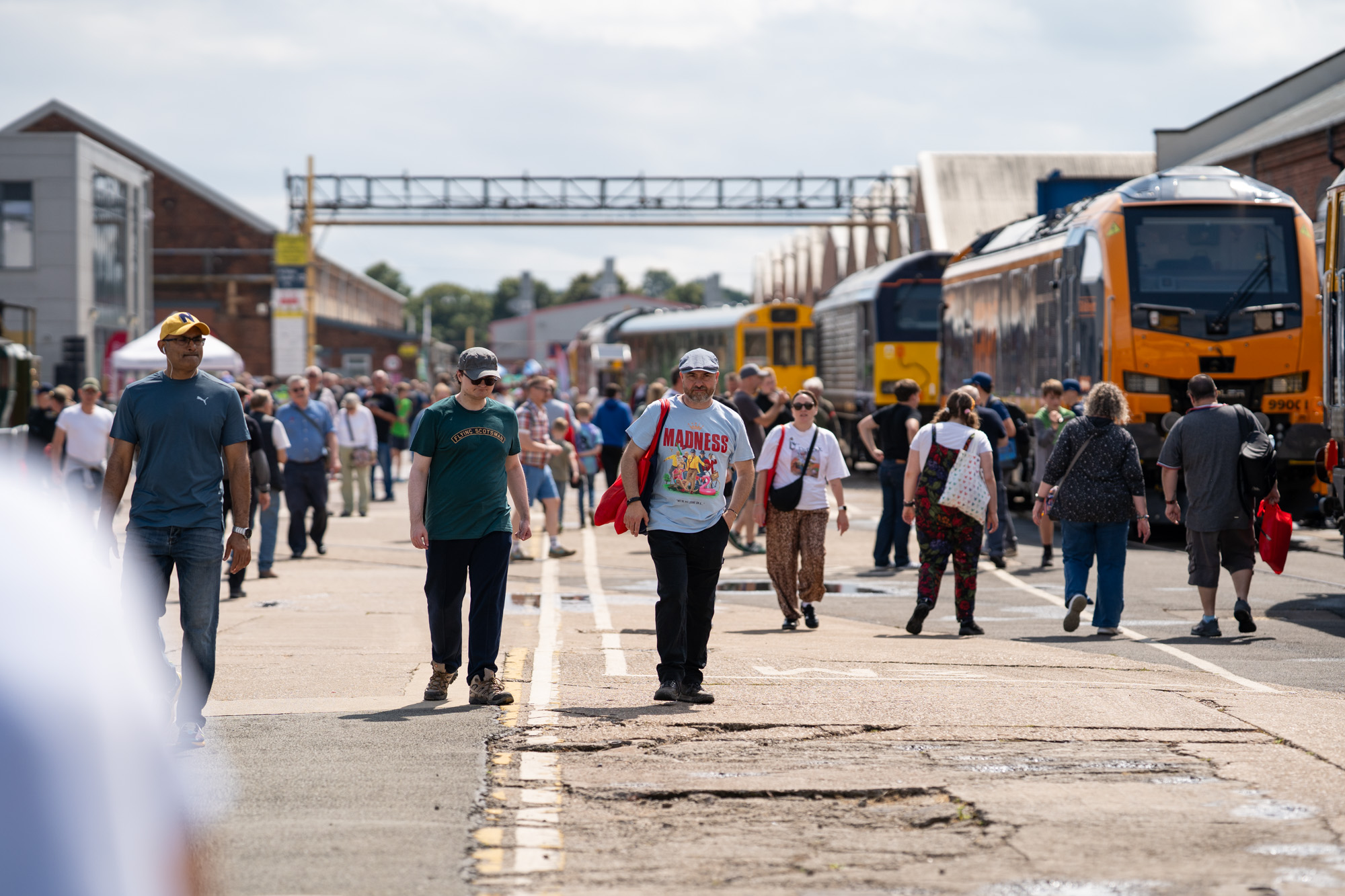
You cannot measure the benefit to Derby of a near delirious Jeremy Vine running his BBC Radio 2 show to millions of listeners live from Alstom, but you can account for the economic impact of packed hotels, pubs and restaurants across the city and beyond.
The other intangible is pride. Pride in the team at Alstom, pride in our rail companies and pride in our city which has given so, so, much to this sector for most of those 200 years.
In celebrating the success of the Greatest Gathering, it is important to remember that we very nearly lost Bombardier/Alstom, together with its Litchurch Lane Works, twice – once in 2011 and then again in 2024.
On both occasions, what I call Team Derby – management, unions, business and civic leaders and the wider community – stood up to fight to save the plant, the jobs, the company.
We took our case from the boardrooms and streets of Derby out to Berlin (the HQ of Bombardier Transportation) and of course the corridors of power in Westminster.
I was asked the other day ‘what is Derby’s USP’? My reply was to say we are a city with a strong and genuine public-private-partnership, willing to come together as a collaboration to protect and shape our place.
Day to day, Derby is a place where we keep our heads down and get on with the job of designing, making and selling. But, when we sense existential threat to something core to our DNA or identity, we are a city with the people and gumption to act in a way few other cities can.
In 2011, 10,000 people came out to demonstrate for Bombardier, just as in 2022, 10,000 came out to demonstrate for Derby County.
One would hope that the Greatest Gathering has at least secured a bright future for the rail sector at Alstom and in Derby and furthermore, that its sheer scale has shown just why Great British Railways was right to choose the city for its future HQ.
The government needs to get cracking with making that win a reality, by moving quickly to confirm how many civil servants will be based in the city as part of GBR.
Beyond rail, this summer has also seen positive news for two of the city’s most important economic sectors, aerospace and nuclear – both part of Rolls-Royce which has seen record results in turnover, profit and share price.
It’s hard not to be overshadowed by the glitz of the £9billion MoD Unity contract for Rolls-Royce Submarines, but the government blessing for the Small Modular Reactor (SMR) civil nuclear programme and continued wins in civil aerospace sales and innovations, bides incredibly well for thousands of Derbians and hundreds of Derby’s SME companies.
It’s in this context that the focus on the regeneration of the city centre continues as an absolute priority.
Let me be clear, this is no easy thing and Derby is not alone in having to find ways to completely repurpose its central area, some of which has vacancies as high as 30%. The triple whammy of the 2008 financial crash, the online sales revolution and Covid lockdowns delivered serious blows to most of the UK’s town and city centres.

I often say that Derby is the world HQ of Rolls-Royce but that the city centre doesn’t feel like the world HQ of Rolls-Royce.
Don’t get me wrong, we have seen change and there are some real positive hotspots as Derby has attracted over £2billion of investment into its central core in the past 15-years.
The plan is to create a vibrant city centre as a place to live, work and visit.
There is nothing unique about this formula, the difficulty is delivering it.
Investments being made into developments such as the Derbion, the Nightingale Quarter, Vaillant Live and the Market Hall are all incredibly positive signals.
There are others following, the University of Derby’s Cavendish building housing the Derby International Business School or the arrival of 80,000 sq feet of leisure investment in a new Padel Centre and Skatepark at the Eagle Market as examples.

The fundamental challenge though is winning the hearts and minds – and most crucially the visits and spend – of enough of the million people who live in the city and its hinterland, most especially those earning the good salaries attached to working in some of those growth sectors outlined earlier.
There is an embedded perception that parts of the city centre – most particularly between the Derbion and the Cathedral Quarter – are at best rough, at worst, unsafe.
This issue has dragged on for a decade, with peaks and troughs of concern but it now needs a radical, proactive and permanent solution that rebuilds confidence in place. The time for short-term exercises, or even denial, is over.
Since Covid, city footfall has improved but we still fall way too short on significant numbers of people coming into town who earn above the national average salary. This may be an uncomfortable truth, but consequently, we are missing out on thousands of jobs for local people.
And we do know what people want.
Marketing Derby’s City Lab – an innovative facility for information and community engagement in regeneration – has now hosted over 35,000 visits providing us with a unique insight into the customer.
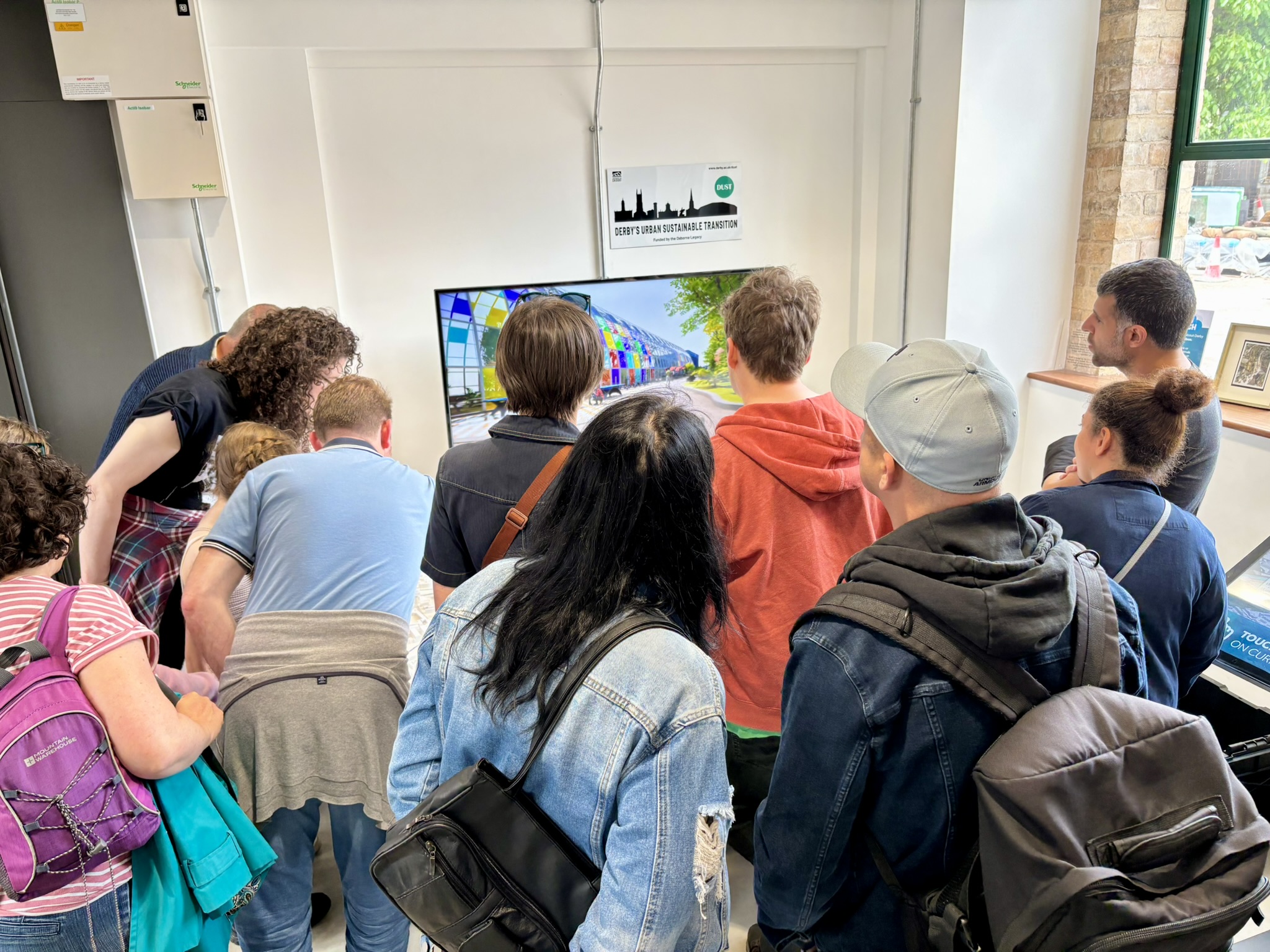
When asked what might encourage more visits into the city, the message is clear – give us more things to do (such as Vaillant Live and the Market Hall) and make the experience nicer (most especially greener and safer).
At the moment, maybe the progress on the former is outpacing the progress on the latter and if we are to achieve the vibrant city centre, we cannot ignore voice of the customer upon which our success lies.
